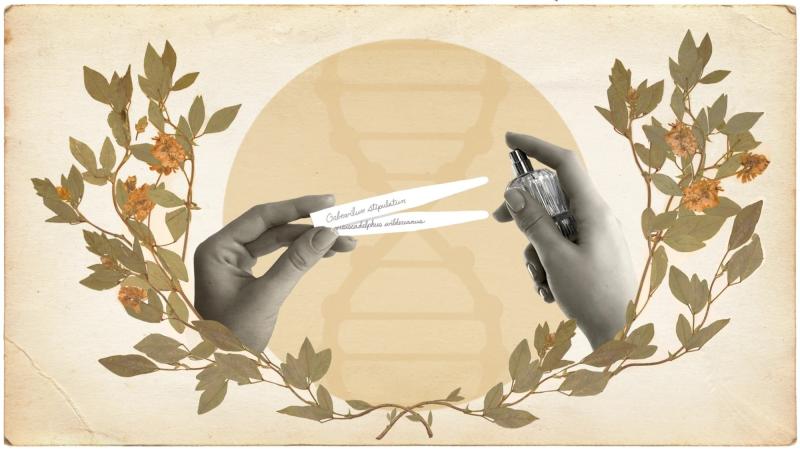How Future Society Is Revolutionizing Fragrance by Recreating the Scents of Extinct Flowers Using DNA Technology
What happens when cutting-edge biotechnology meets ancient plant specimens? The answer isn’t science fiction — it’s Future Society, a groundbreaking fragrance company blending synthetic biology and scent creation. With the help of scientists, Harvard University’s Herbaria, and DNA sequencing experts at Ginkgo Bioworks, Future Society is redefining the world of perfumery by reconstructing the aromas of long-extinct flowers.
Bringing Extinct Flowers Back to Life — Through Scent
By extracting and sequencing DNA from preserved plant specimens, some over 150 years old, Future Society has managed to revive the fragrance profiles of six extinct flowers. These have been transformed into unique perfumes with notes ranging from woody and earthy to fresh and floral.
One such flower is Orbexilum stipulatum, a legume that once grew in the Falls of the Ohio region and was last seen blooming in 1881. Once its native buffalo population vanished, the plant's seed dispersal ceased, and following the area’s flooding in the 1920s, the species was declared extinct. Today, its scent has been reborn through biotechnology.
“We’re using this technology to offer a glimpse into the scents of flowers lost to history,” said Future Society founder and CEO Jasmina Aganovic.
How DNA Sequencing Reveals the Scent of Extinct Plants
Similar to services like 23andMe and AncestryDNA, Future Society uses advanced DNA analysis, but on plants. The team extracts fragments of preserved flowers, chemically processes them to isolate genetic material, and then analyzes these genes for scent-producing molecules.
However, the process is far from straightforward. As Aganovic explains, “We didn’t just get petal DNA. We got everything — stems, leaves, and more — making the early scent profiles smell like grass clippings.” The complexity of floral aromas, often made of hundreds of molecules, means scent reconstruction isn’t an exact science.
Blending Art, Science, and Scent
Reconstructing the scent isn’t just about extracting DNA. Future Society collaborates with renowned perfumers from fragrance powerhouses like Givaudan and Robertet to interpret the data. The DNA only provides a chemical scent profile — the final fragrance is crafted with artistry, using natural, synthetic, and bioengineered ingredients.
These perfumes are not literal recreations, but rather tributes to what the flowers might have smelled like. With evocative names like Grassland Opera, Invisible Woods, and Solar Canopy, the scents serve as olfactory portals to a time when these flowers thrived.
Reimagining Perfume with Purpose and Storytelling
Each fragrance is deeply rooted in narrative. For instance:
Grassland Opera, inspired by Orbexilum stipulatum, evokes green, lush notes reminiscent of the plant’s riverside habitat.
Reclaimed Flame pays homage to South Africa’s Leucadendron grandiflorum, extinct since 1960, using earthy and herbal notes.
Invisible Woods honors Wendlandia angustifolia, which vanished in India during a 1917 drought.
Perfumer Jérôme Epinette’s Solar Canopy reimagines the scent of Hibiscadelphus wilderianus, a Hawaiian hibiscus that went extinct in 1912. With DNA evidence revealing earthy and fruity undertones, the fragrance features vetiver, lychee, magnolia, and sour notes.
Ethical Innovation: Not De-Extinction, But Preservation Through Scent
While some companies aim to resurrect extinct species entirely, Aganovic is clear: Future Society’s mission is focused on emotional and artistic expression, not biological resurrection.
“We’re not bringing these plants back to life. We’re capturing a piece of their essence,” she emphasized. “This project is about storytelling, heritage, and exploring the deep connection between humans and nature, through scent.”
By combining DNA science with perfumery and botanical history, Future Society offers more than just a new fragrance — it’s giving people a way to experience lost worlds.

